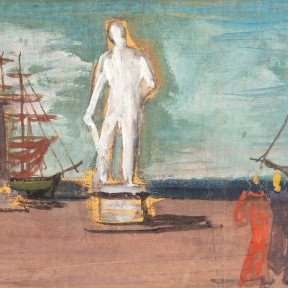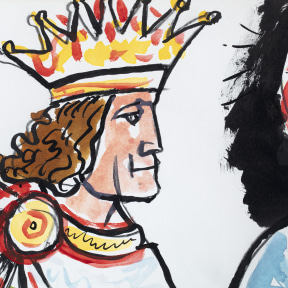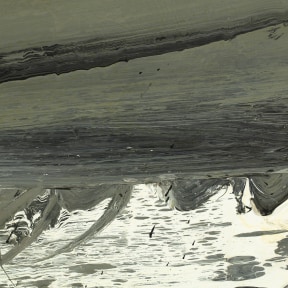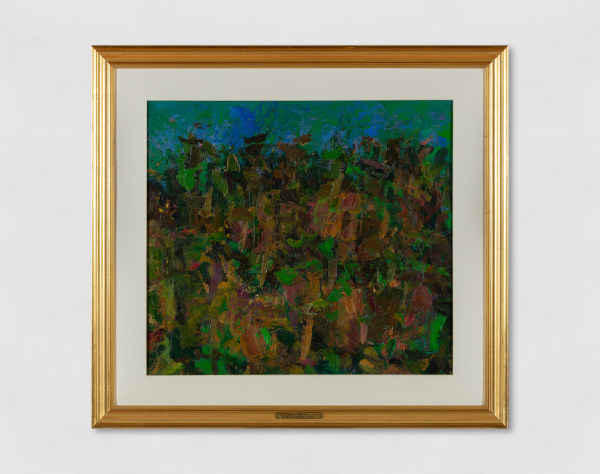-
Biography
Ennio Morlotti (Lecco, Italy 1910 - Milan, Italy 1992)
Born in Lecco, he started working from a young age while, in parallel, studying art. In 1936, he enrolled at the Academy of Art in Florence where he became passionate about Italian art from the fourteenth and fifteenth centuries.
After a brief period in Lecce, in 1939, he moved to Paris, where he encountered the works of Cézanne and Fauvism artists as well as the Expressionism and Cubist movements. Returning to Italy, Morlotti enrolled at the Brera Academy, where he worked with Achille Funi. He joined the Corrente group, where he met the major exponents of the contemporary scene: Treccani, Badoli, Cassinari, Fontana, Guttuso, Migneco, Sassu and Valenti.
In Milan in 1943, with Treccani and Vedova, he exhibited in the Spiga Gallery. Three years later, he held his first solo show at the Il Camino Gallery where he exhibited still-lifes and neo-cubist paintings.
In 1947, thanks to Lionello Venturi, he obtained a scholarship in Paris, but soon returned to Milan where he entered into contact with the group Il Fronte Nuovo delle Arti to exhibit at the Venice Biennale in 1948.
After leaving the Fronte, Morlotti, together with Birolli and Cassinari, joined the Group of Eight. In this period, he followed the route of Informalism with its naturalistic declination.
In the 1960s, he consolidated his international reputation which, following periods in London and Scotland, culminated in a solo exhibition in New York in 1964.
His success was undisputed, as demonstrated by the exhibition - with Morandi - at the Milione Gallery in Milan in 1970.
Numerous exhibitions were dedicated to him in the following years, until his sudden death in Milan in 1992.
Copyright the artist. Photo UniCredit Group (Sebastiano Pellion di Persano)
-
Works











